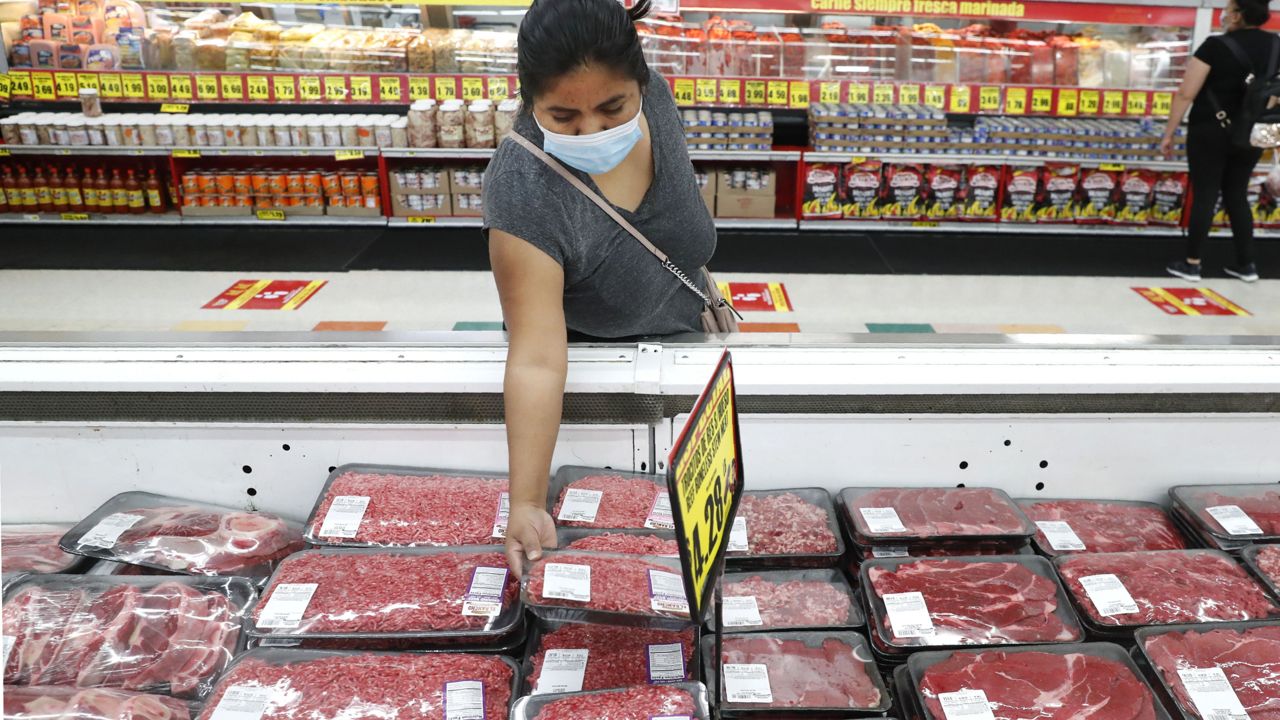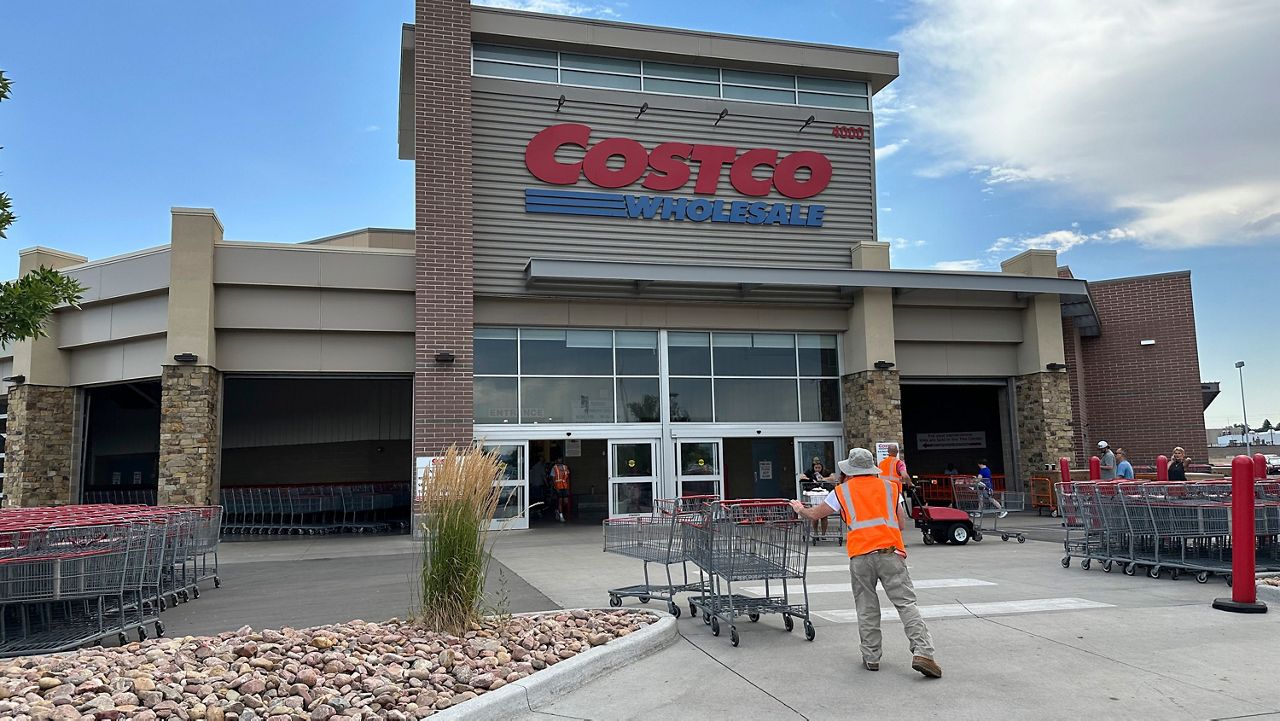Taco Bell is among the latest companies to say it might not be able to complete customers’ orders due to ongoing transit and supply chain problems.
In an advisory posted to its webpage on Wednesday, the fast-food chain wrote: "Sorry if we can't feed your current crave. Due to national ingredient shortages and delivery delays, we may be out of some items."
The company has not yet responded to Spectrum News’ request to specify which ingredients or franchises are impacted by the shortages.
Taco Bell is hardly the only food purveyor to struggle with food prices and shortages amid the ongoing coronavirus pandemic — and consumers are likely to see continued price spikes at both grocery stores and the nation’s largest chain restaurants as supply chain issues aggravated by the COVID-19 pandemic persist across the globe.
Prices for items like meat, eggs, milk and even potatoes skyrocketed at the beginning of the pandemic, with May 2020 marking the steepest price incline of the cost of food bought to eat at home in 46 years.
Food prices now are only slightly improved. Consumer prices in June rose 0.9% from May and 5.4% over the past year — the sharpest 12-month inflation spike since August 2008.
According to the U.S. Food’s Farmer’s Report for the week of July 16, a number of pantry staples are hitting record-high prices. Canola seed prices neared all-time highs last week, and the price for palm oil increased dramatically after India cut its import tax on the commodity from 15% to 10%.
“According to reports, labor, freight cost and supply issues continue to be a challenge with most processors,” the company said, pointing particularly to a shortage of certain chicken part sales. Fresh jumbo wings, jumbo tenders and boneless thigh meat prices have reached near-record highs, and frozen chicken wing inventory is “at the lowest levels since 2012.”
Many factors are playing into this year’s price hikes. As the economy strengthens, demand for products is outpacing manufacturers’ ability to produce enough supply of the raw materials. Many manufacturers are still understaffed as employment lags the broader economic recovery. Companies are also paying more for shipping as fuel costs rise and ports experience longer delays because of congestion.
Consumers are also paying more at the grocery store for much of the meat they take home and cook, as well as for their favorite takeout burgers and burritos.
The skyrocketing cost of feed for farm animals, whose diets consist largely of corn and soybeans, is one reason for the increase. The price of corn is up 57% in 2021 and has more than doubled in the past year, while soybean prices are up more than 25% since Jan. 1. Although it can be somewhat gradual, eventually those higher costs get passed down to the consumer.
Still, the federal government is not too concerned about the long-term impact of the price hikes and material shortages.
A report from the Federal Reserve published in late July found that the economy strengthened further in late May and early June, despite supply-chain bottlenecks that led to price hikes.
“While some contacts felt that pricing pressures were transitory, the majority expected further increases in input costs and selling prices in the coming months,” the Fed said in part, based on interviews with its business contacts around the country.
But the survey acknowledged that the supply-chain disruptions led to shortages of materials and labor, along with low inventories and constrained sales of many consumer goods.
The Associated Press contributed to this report.









